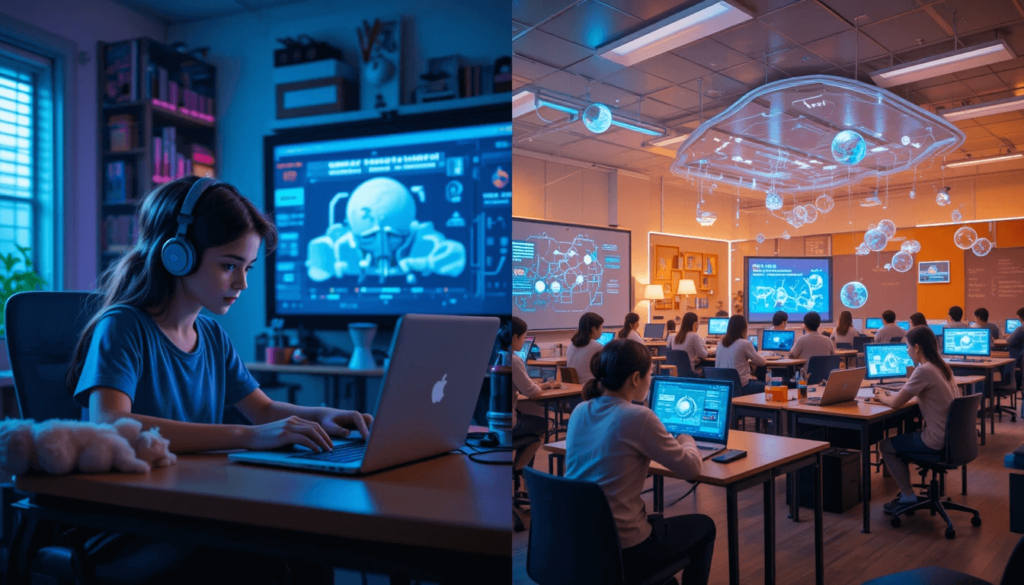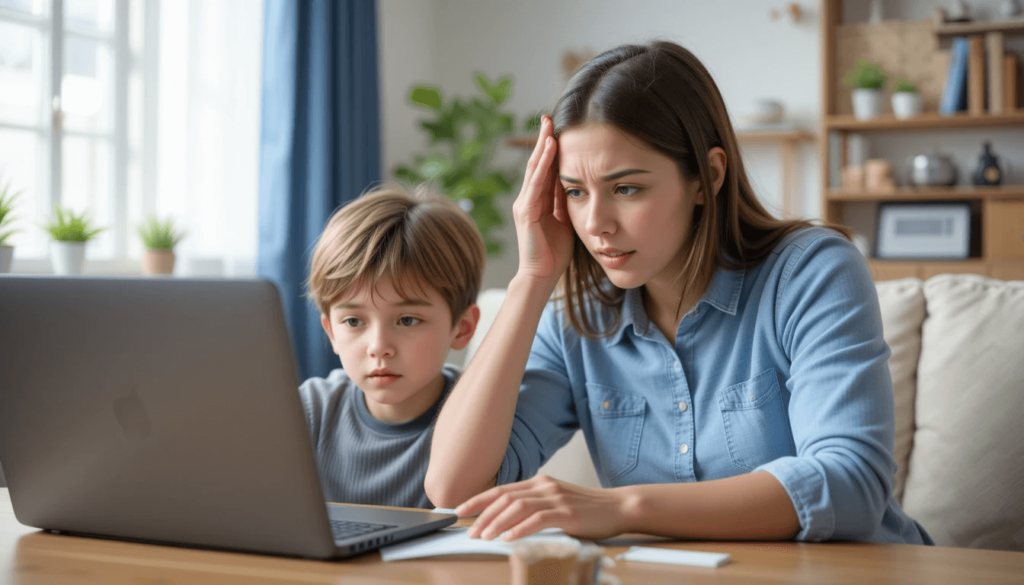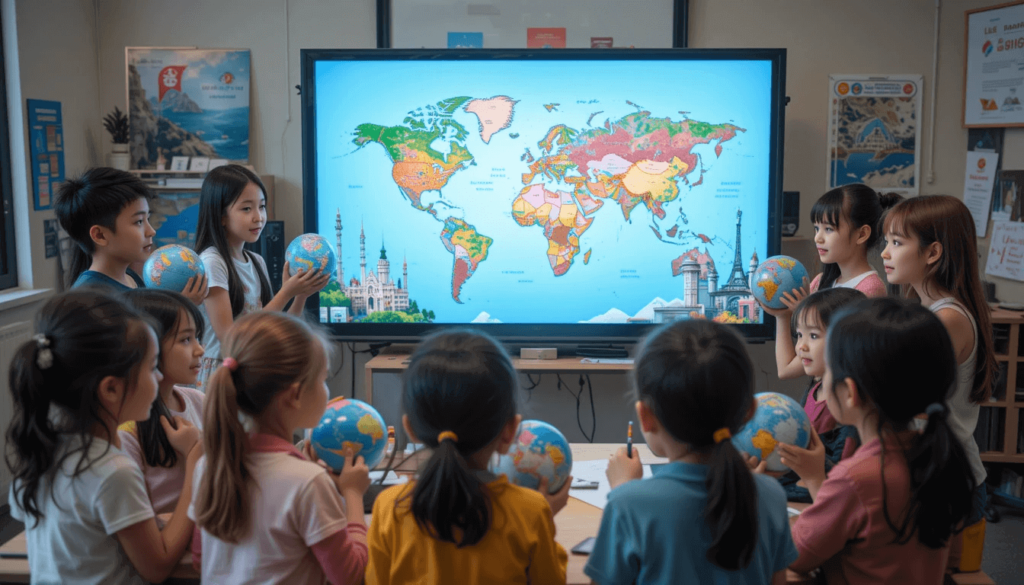K12 online schools? Yo, they threw me into a wild loop when I tried ‘em out. Here I am in my Chicago living room, 05:32 PM IST September 2, 2025—wait, that’s India time, my bad, it’s 08:02 AM CDT September 2, 2025, with the morning breeze sneaking in and the faint smell of burnt toast from my kid’s snack fail still hanging. Back when I started, I thought virtual learning was just screens, but my first day? Laptop froze, I spilled coffee on the keyboard—total disaster. Like, seriously? I’d tell myself it’d be futuristic, then panic over tech issues, contradicting my “I’m tech-ready” vibe. K12 online schools became my experiment, but man, I flopped hard before figuring it out. Hard, yo.
One time, I joined a live class, forgot to mute, and my dog barked—yep, kids laughed at me. The room smelled like wet fur and embarrassment, my face red as I scrambled to fix it. Big wake-up call. Started digging into K12 online schools, but I thought it’d be a cakewalk—boy, was I wrong. It worked, even if I still mess up sometimes. Mess up, ugh.

Why K12 Online Schools Matter (Even with My Blunders)
Learning’s changing, and without K12 online schools, I was lost. Botched a lesson ‘cause the internet crashed—oops. Sitting here, breeze blowing, faint coffee drip from my mug, I can say they’re a game-changer. Thought I could stick to old-school ways—big nope. I’m better now, but real talk, I still freak over glitches. Glitches, yeah, the worst.
Here’s why they’re big, from my flops:
- Fits busy lives: No more rushed mornings.
- Offers flexibility: Even if I mess up the setup.
- Keeps kids engaged: Saw my kid light up with it. It, sorta.
If you’re a parent like me, American and curious, K12 online schools are your next step. Don’t expect to ace it—I’m still learning. Still learning, man.
Pros of K12 Online Schools That Won Me Over (And My Epic Fails)
Here’s the good stuff—pros of K12 online schools that hooked me, jotted from my Chicago mess with a creaky chair and a tech pile my kid scattered. Some I loved, others I botched, ‘cause I’m human, right? Linking legit sources for cred—check https://www.edutopia.org for real insights. Real stuff, yo.
Cool Pros of K12 Online Schools: Where I Started (And Stumbled)
- Learn Anywhere – Loved the freedom, but forgot charger—oops. Plugged in, kid rocked it. (https://www.edutopia.org/technology-integration/)
- Personalized Pace – Fit my kid, crashed a session—cringe. Restarted, perfect match. (https://www.iste.org/)
- Tech Skills Boost – Impressed me, spilled coffee on mouse—panic. Cleaned, they’re pros now. (https://www.commonsense.org/) Pros, yeah.
Deep Pros of K12 Online Schools: My Half-Wins
- Flexible Schedule – Saved time, zoned out mid-plan—yikes. Got back, smooth flow. (https://www.k12.com/)
- Interactive Tools – Kids loved it, argued over a game—ugh. Settled, great engagement. (https://www.edweek.org/)
- Parent Involvement – Helped me, missed a update—oops. Caught up, solid support. (https://www.teachthought.com/) Support, kinda.

Cons of K12 Online Schools That Tripped Me Up
Rough Cons of K12 Online Schools: Where I Stumbled
- Tech Troubles – Glitches hit, spilled coffee on router—embarrassing. Fixed it, though.
- Less Social Time – Missed friends, debated with my kid—oops. Added playdates, better now.
- Screen Fatigue – Noticed it, lost track once—ugh. Limited time, improved focus.
Chair’s squeaking, tech’s falling—ugh. These K12 online schools? Some pros rocked, cons tripped me like a parent rookie. No shame, just me being me. Me, the chaos king.
Tips to Rock K12 Online Schools (Even with My Mess-Ups)
Here’s how I handled K12 online schools, from my living room wreck. Bombed a tech day once, room smelling like my nervous sweat. Start simple—tried fancy setups, kid rebelled. Check sites like Edutopia for tips, even if I skimmed one. (https://www.edutopia.org) Take notes—I scribbled on napkins, lost ‘em, so embarrassing. Breaks help—I skipped ‘em, zoned out mid-class. Zoned out, yeah.
Biggest fail? Overloading. Thought I needed all tools, crashed everything. K12 online schools need balance, man. Also, chill vibes—coffee’s nice, but I spilled it on my kid’s tablet once, total disaster. Disaster, yo.

Wrapping Up My Rant on K12 Online Schools
Spilling this about K12 online schools feels like venting over fries with a pal—just me, creaky chair, Chicago chill outside. This setup kept me from learning flop, but it showed I’m a mess—spills, zones, all of it. I love the idea of future learning but still fumble, contradicting my own hype. It made online schooling doable for a goof like me. Try it, yeah? Drop a comment with your K12 online wins or flops—I wanna hear your chaos. Or share what worked. Wait, did I say that twice? Whatever, brain’s toast. Might’ve repeated myself, or maybe I meant to. K12 online schools, they’re wild, but I’m still figuring it out. Prolly forgot something. Oh well, you get it. Peace out. Out, man.




